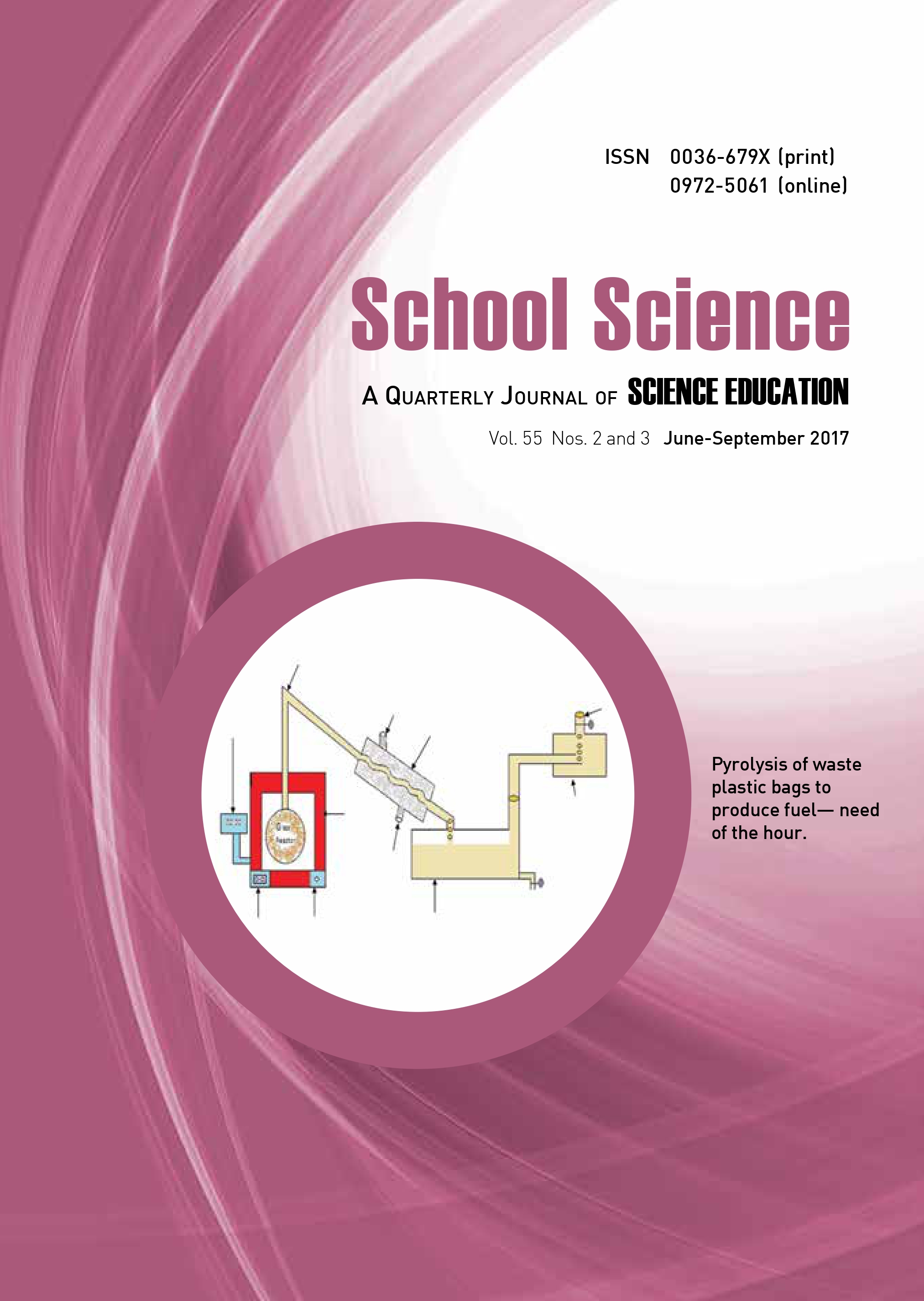Using Affinity Chromatography and Western Blotting – The Purification of Polyclonal Antibody from Rabbit Antisera

Published 2017-09-30
Keywords
- boric acid,
- SDS PAGE,
- western blotting,
- affinity chromatography,
- Protein A
How to Cite
Abstract
Antibodies are considered to be as antigen binding proteins that are present on the B-cell membrane and secreted by plasma cells. They are also called glycol-proteins. The main objectives of the work are: (1) Affinity purification of Anti E.Coli lysate antibody using Protein A Resin. (2) Affinity purification of partially purified Anti E.Coli lysate antibody using CNBr activated Sepharose 4B resin. (3) To check the purity of purified Anti E.Coli lysate antibody using SDS PAGE and Western Blot. (4) FITC labeling of purified antibody and removal of unbound FITC through GFC. Protein A is a wall component of Staphylococcus aureus that binds to Fc portion of IgG. The methods adopted are: (1) Pack the column using Protein A Resin; (2) Boric acid is used to equilibrate the column (10 column volume); (3) Then apply a small sample (1 ml) of Antisera; (4) Wash the column with 5 column volume of buffer A; (5) Elution was done using Buffer B. Collect the fractions into titrating diluent (e.g 1.0M Tris-Cl) and take the O.D. at 280 nm; (6) Pool the sample which shows the maximum O.D. and concentrated it in 10 k D centricon. In the present work, the author has successfully purified unlabelled as well as labelled protein (antibody) by Affinity Chromatography. The immune-activity of the purified antibody was confirmed by Western Blotting. Students of senior secondary level have been oriented using chromatographic techniques.
